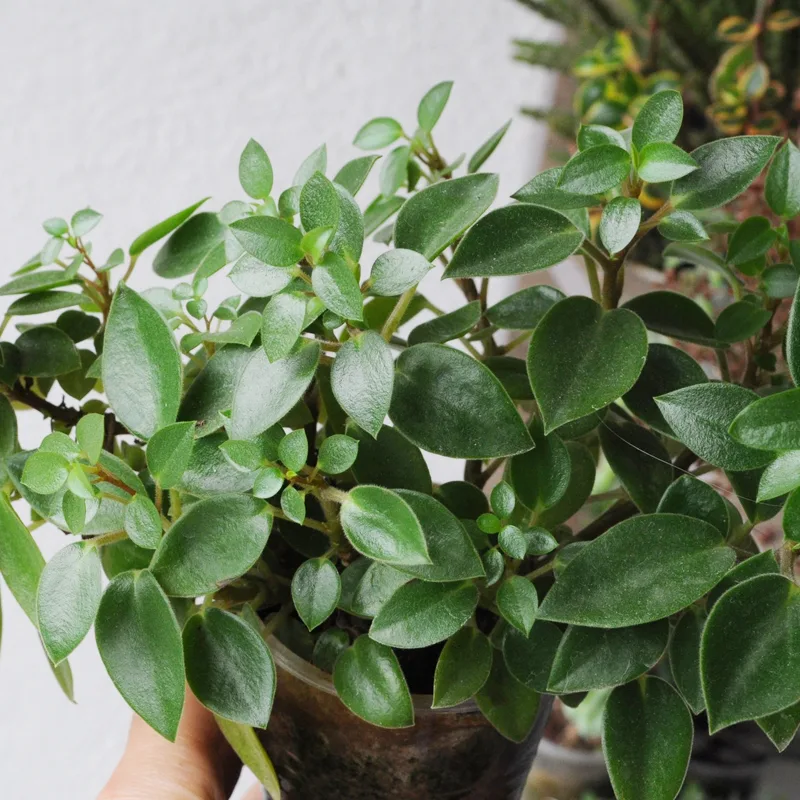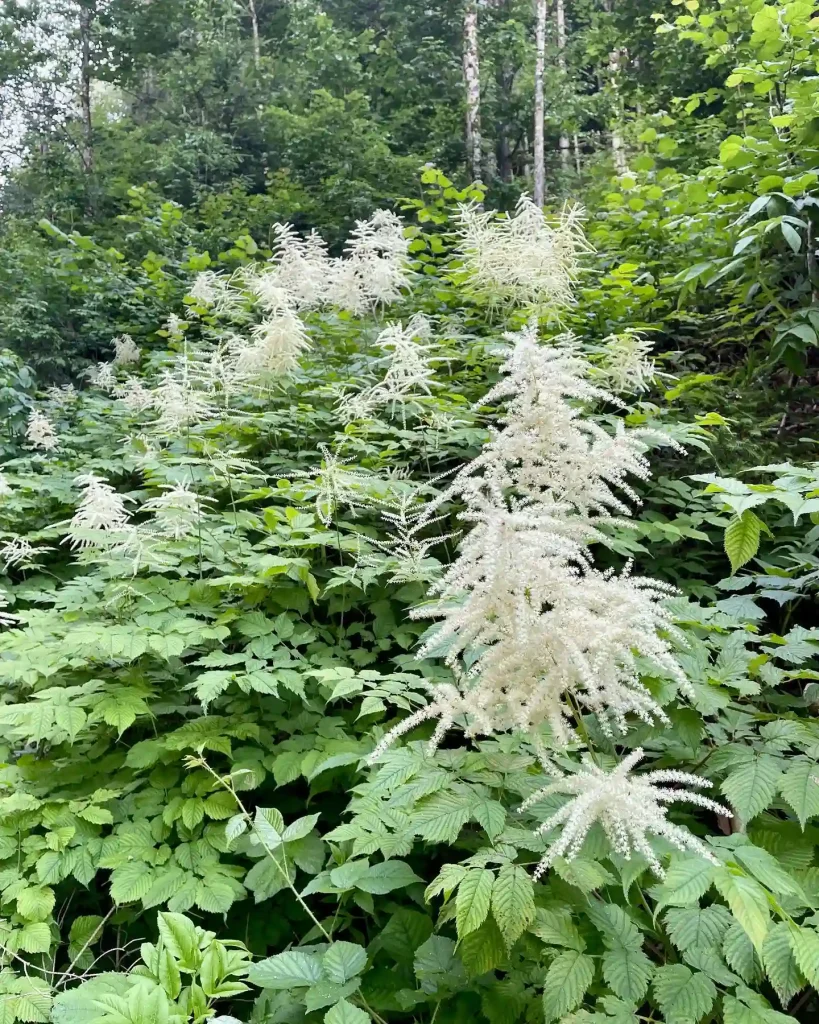Exploring the Barbeyaceae Family: A Deep Dive into the Genus Barbeya
As a plant enthusiast with a passion for rare and unique plant families, I recently found myself drawn to the Barbeyaceae family. It’s one of those plant families that often flies under the radar, but once I dug deeper into it, I realized just how intriguing it is. With only a single genus—Barbeya—this family stands out in the plant world for its simplicity yet uniqueness. Here’s my exploration of the Barbeyaceae family, focusing on its genera, evolution, and ecological significance.
What is the Barbeyaceae Family?
The Barbeyaceae family is monotypic, meaning it contains only one genus, which is Barbeya. This makes it quite a rare and fascinating group of plants. Barbeyaceae belongs to the order Rosales, a diverse order that includes plants ranging from the roses we see in gardens to other unexpected members like Cannabis and Ficus. Barbeyaceae, however, stands alone in its unique characteristics.
The family is native to the dry, semi-arid regions of East Africa and the Arabian Peninsula, particularly thriving in areas where many plants struggle to survive due to limited water supply. This ability to endure such harsh climates makes Barbeya remarkable in its own right.
Genus Barbeya: The Lone Member of the Family
Barbeya is the sole genus of the Barbeyaceae family, and the species under this genus is Barbeya oleoides. As I studied Barbeya oleoides, I couldn’t help but appreciate its resilience. This evergreen tree is well-adapted to xeric (dry) environments, meaning it’s incredibly drought-resistant, much like the olive trees it resembles in appearance. This is likely no coincidence, as its common name, false olive, alludes to its similarities to Olea europaea (the true olive).
Barbeya oleoides typically grows in montane forests and rocky, dry soils. It reaches a height of about 10 meters and has leathery leaves with a gray-green hue. These leaves help the tree conserve water—an adaptation vital for its survival in arid climates. The tree produces small, inconspicuous flowers that aren’t particularly showy, but they play an essential role in the plant’s reproductive cycle. The seeds are wind-dispersed, a feature that allows them to spread across wide areas, particularly in dry and windy environments.
Ecological and Environmental Importance
One of the things I admire about Barbeya oleoides is its ecological role in maintaining the balance of the semi-arid ecosystems where it thrives. These trees provide critical habitats and shelter for various species of birds, insects, and small mammals. Their drought-tolerant nature allows them to act as a stabilizing force in regions that experience harsh seasonal dry periods, preventing soil erosion and supporting the fragile ecological networks around them.
Barbeya also contributes to the biodiversity of its habitat by interacting with the plant and animal communities around it. This interaction is vital because the regions where Barbeyaceae is found often have limited water and plant resources, making each species’ role crucial in maintaining the ecosystem’s health. In a way, Barbeya acts as a keystone species in the places it grows, much like how cacti sustain desert ecosystems.
Evolutionary Significance of Barbeyaceae
Barbeyaceae’s place in the plant evolutionary tree fascinates me because of how distinct it is within the Rosales order. Unlike its cousins in the family Cannabaceae or Rosaceae, Barbeya exhibits traits that make it highly specialized for dry environments. These evolutionary adaptations—such as its leathery leaves, wind-dispersed seeds, and deep root system—indicate that Barbeya has long evolved to survive in some of the planet’s harshest climates.
From an evolutionary perspective, Barbeyaceae helps us understand how plants adapt to specific ecological niches. The family’s simplicity—having only one genus—also highlights the evolutionary pressures that have shaped Barbeya’s form and function, forcing it to rely on fewer yet more refined traits for survival. This unique evolutionary story draws me in because it shows the lengths to which nature will go to ensure life thrives, even in the most challenging conditions.
Conservation and Future of Barbeya
As with many plant species native to isolated and harsh environments, Barbeya oleoides faces potential threats from climate change and habitat destruction. While this species is not currently listed as endangered, it’s essential to be mindful of the impact that human activity and environmental changes can have on such delicate ecosystems. Increased droughts, land-use changes, and deforestation could pose risks to Barbeya’s natural habitats in the future.
To me, Barbeya oleoides is a reminder of how critical it is to protect the world’s lesser-known plants. While we often focus on more prominent, showier species, families like Barbeyaceae represent the hidden strength and resilience in nature. If we don’t pay attention to these lesser-known families, we risk losing not only a species but the invaluable ecological role it plays.
Conclusion
Diving into the Barbeyaceae family has broadened my appreciation for the incredible diversity and adaptability of plants. Although it only has one genus—Barbeya—this family’s importance to the dry, semi-arid ecosystems in which it thrives cannot be overstated. From its unique evolutionary traits to its role in supporting biodiversity, Barbeya represents the quiet yet resilient force of nature. As we face a future with increasing environmental challenges, I hope that plants like Barbeya oleoides remain a symbol of nature’s adaptability and strength.
If you’re someone who appreciates the underdogs of the plant world, I highly recommend looking into the Barbeyaceae family. It may not have the flashiness of a rose or the familiarity of a palm, but it’s every bit as fascinating once you get to know it.
If i die, water my plants!



